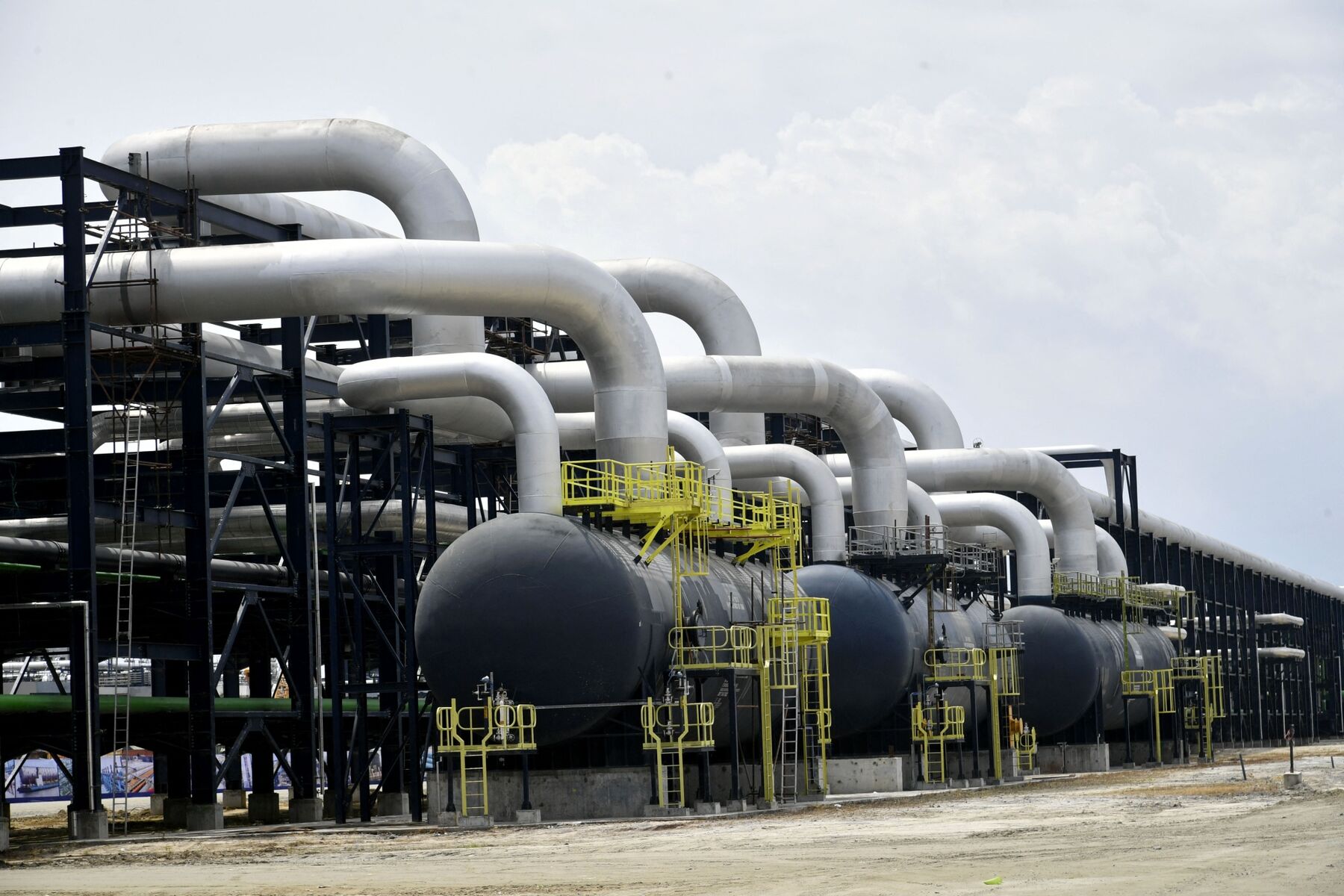Risk assets are getting pummelled at the end of the week as a new Covid variant sparks fears of new restrictions and lockdowns.
The most worrying thing about the new strain at the moment is how little we know about it, with early indications being that it could be more problematic than delta. The biggest fear is that it will be resistant to vaccines and be a massive setback for countries that have reaped the benefits from their rollouts.
We’ll no doubt learn more in the days and weeks ahead but for now, fear of the unknown will weigh heavily going into the weekend and could carry over into next week. We’re seeing a typical flight to safety in the markets with equities, commodity currencies and oil getting whacked and traditional safe havens like bonds, gold, the yen and swissy getting plenty of love.
In times like this, we get a true sense of what investors consider to be real, reliable safe-havens. And bitcoin is off 8% today which has delivered a fatal blow to its safe-haven credentials, putting an end to another crypto myth that has surfaced over the years despite there being zero evidence to back it up. Maybe one day investors will have a different opinion but right now, when their cash is at stake, they’re sticking with safe-haven assets with a track record, as they should.
Pfizer has sought to calm nerves, stating that should a vaccine-escape variant emerge, it could produce a tailor-made vaccine in about 100 days. Three months can feel like a long time but when compared to where we were 18 months ago, that is very reassuring as a worst-case. It may not be quick enough to prevent more restrictions this winter though.
Erdogan standing firm on interest rates
Turkish President Erdogan is successfully talking down the lira once again, claiming there’s no turning back from the new economy program and that interest rates will decline. It’s incredible to see a President have such disregard for something that will have such a huge impact on so many people. It’s like he’s playing with the markets to see what he can get away with. In a sign of Erdoganomics fatigue, the currency has quickly recouped the more than 2% losses it incurred immediately following the comments. A sign that these antics are now expected and priced in, it seems.
Oil slides on variant concerns
Oil is among the assets taking a heavy beating on the variant news today, falling more than 5% as traders fret about the impact on restrictions and behaviour this winter. Even without severe restrictions, people will adopt more caution which will weigh on demand, as OPEC+ has repeatedly stated and factored into their models.
It seems the US and other consuming countries have played their hand too soon. Sure, Biden will score some political points ahead of the midterms as voters see prices at the pump fall, which was ultimately the goal. But should prices spike again early next year, what then?
Crude is back at levels last seen at the start of October and if this risk aversion continues in the weeks ahead, there’s plenty of room to fall. While OPEC+ would likely have avoided altering production plans next week or in the months following in response to the SPR releases, it may soon feel its hand is being forced. Next week may come too soon but another major outbreak could see them slam on the brakes.
Gold jumps on safe-haven appeal
Times like this are when gold shines and we’re seeing investors flock back to an old reliable friend today. It has pulled a little off its highs after hitting $1,815 earlier in the session but it remains above $1,800 at the time of writing. It’s an interesting one for gold and bonds, as the situation now is very different from last year.
Central banks can’t just turn on the taps again with a “whatever it takes” avalanche of cheap cash as they have before. Inflation is a real problem and lockdowns will exacerbate the problem. Sure, they may be a little more patient and hold off on raising rates next month in the case of some or accelerating tapering in the case of the Fed, but they can hardly ramp up their stimulus measures in any considerable way. Their hands are tied.
This should still be bullish for gold as, at the very least, central banks will delay tightening until they have a better idea of the risks to the economy. Allowing inflation to run hot unaddressed could increase the hedge appeal of gold again, particularly in these uncertain times.
Bitcoin remains a speculative risk asset, for now
In recent weeks we’ve seen that, in times of real uncertainty, bitcoin has not done well as an inflation hedge or a safe haven asset. There’s no doubt it’s a fascinating tradable instrument and a highly speculative one, but it’s quite clear now that it’s a risk asset and nothing more. Not at the moment anyway. Who knows what the future holds.
It’s taking a real beating today, off around 8% and looking vulnerable. Key support around $55,500 has fallen which will now draw attention back to $50,000. I’m sure soon enough the eternal crypto bulls will pile back in and smell a bargain but as we’ve seen so often in the past, bitcoin is capable of enormous gains and eye-watering corrections.
If this new variant triggers major risk aversion in the markets, it could come under serious pressure. Unless of course, the inflation narrative catches again. No sign of it yet but, as ever with crypto, it has an incredible ability to find the bullish case in anything. Maybe this will be next.






































